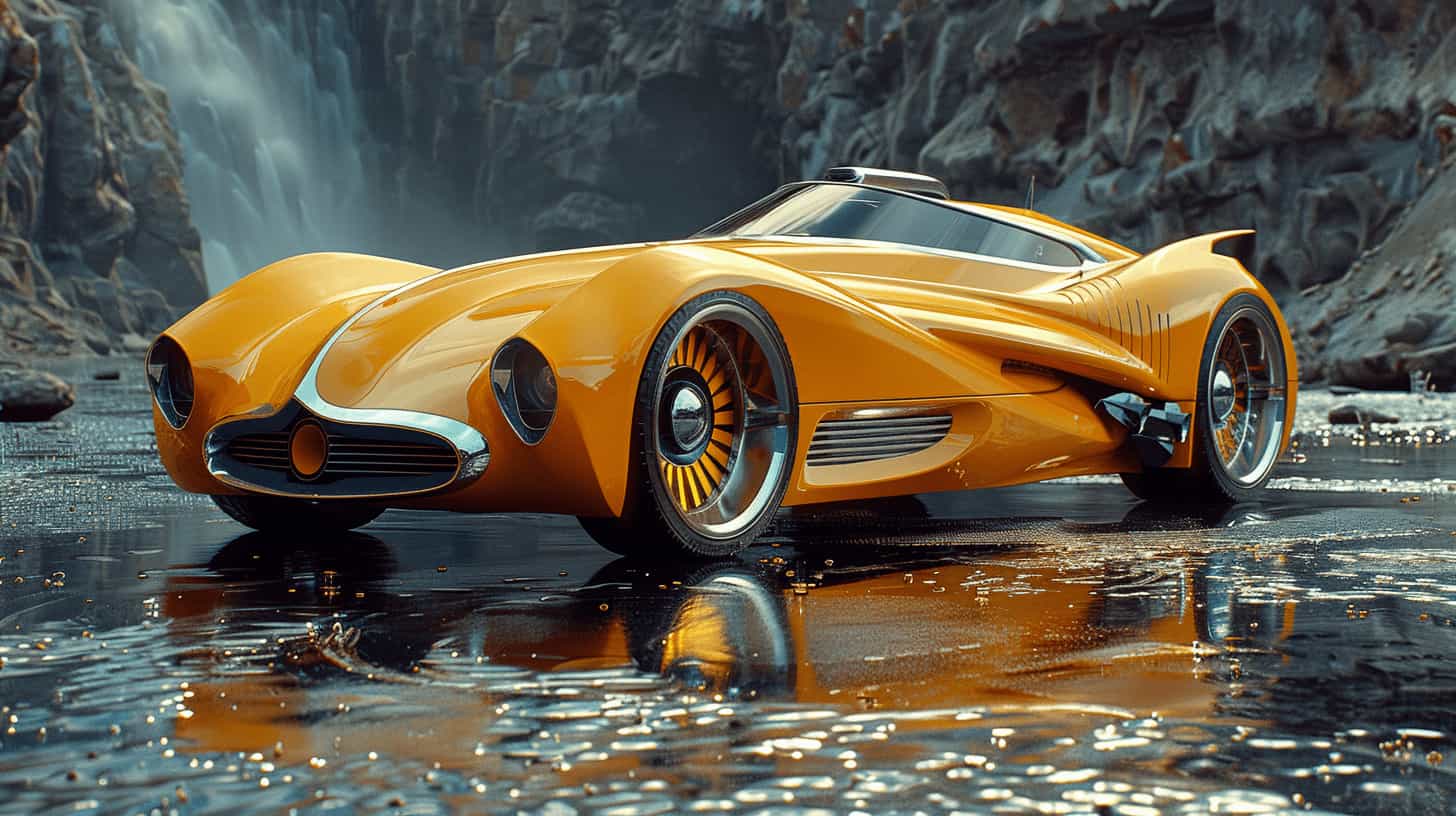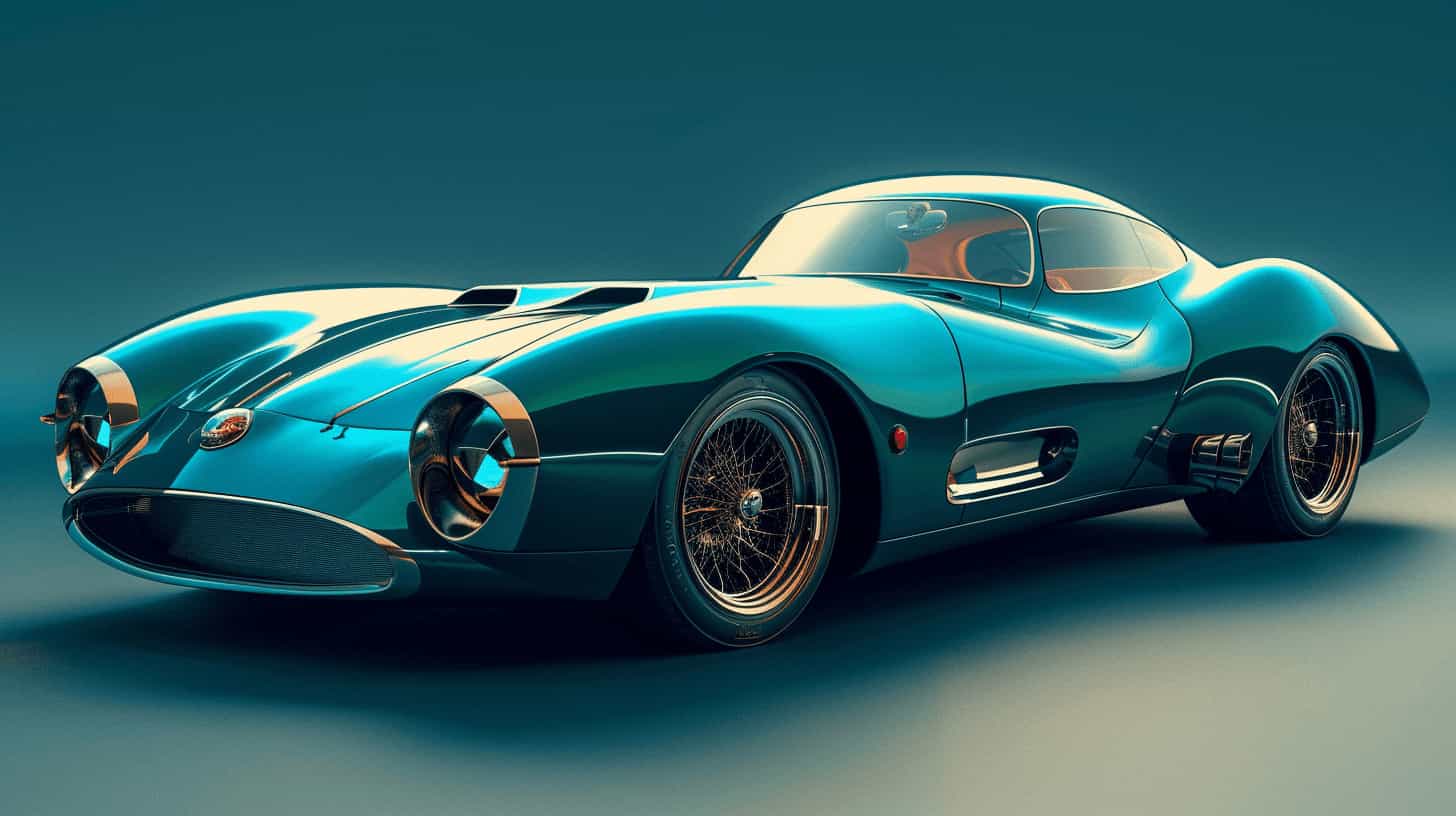MotorMosaic's Library of Useful Automotive Articles
Explore Our Expert Articles for Every Car Enthusiast
The Electric Dream: The Resurgence of Electric Vehicles The journey of electric vehicles (EVs) from their inception to the present day is a fascinating tale of innovation, decline, and resurgence. It's a story that mirrors the changing priorities of society, from the early concerns of noise and air pollution to the modern urgency of combating climate change.
The Dawn of Electric Vehicles
The first electric car made its debut in the late 19th century, at a time when automobiles were a novel invention. These early EVs were popular for their quiet operation and lack of emissions, a stark contrast to their noisy, smoke-belching gasoline counterparts. In cities choked with the soot and clatter of internal combustion engines, electric cars offered a cleaner, more refined alternative.

Challenges and Decline
Despite their early popularity, electric vehicles faced significant challenges. The discovery of large petroleum reserves led to a dramatic decrease in the cost of gasoline, making internal combustion engines economically more attractive. The introduction of the Ford Model T, which was both affordable and mass-produced, marked the beginning of the end for the first era of electric vehicles.
A New Hope
The late 20th century saw a renewed interest in electric vehicles, sparked by the oil crises of the 1970s and growing concerns about pollution and climate change. Advances in battery technology, particularly lithium-ion batteries, offered new hope for electric mobility. The introduction of the Toyota Prius, a hybrid electric vehicle, in 1997, marked a significant milestone in the acceptance of electrified transportation.

The Tesla Revolution
The launch of the Tesla Roadster in 2008 changed the landscape of electric vehicles forever. It shattered the stereotype of EVs as slow and impractical, offering blistering acceleration and a range that made electric cars a viable alternative for everyday use. Tesla's success prompted traditional automakers to accelerate their own EV programs, leading to a proliferation of electric models across all segments of the market.
Looking to the Future
Today, electric vehicles are on the cusp of mainstream acceptance. Governments around the world are introducing incentives for EV buyers and setting ambitious targets for the phase-out of internal combustion engines. The challenges that remain, including battery life, charging infrastructure, and the environmental impact of battery production, are significant but not insurmountable. With ongoing advancements in technology and a growing commitment to sustainable mobility, the future of transportation is electric.
The resurgence of electric vehicles is more than just a shift in automotive technology; it represents a profound change in how society views transportation, energy, and the environment. As we stand on the brink of a new era of electric mobility, the dream of a clean, efficient, and sustainable transportation system is closer to reality than ever before.
2024-01-19 Author: John Doe, Automotive Journalist Classic Beauties: The Art and Passion of Car Restoration The romance of restoring a classic car is a journey that transcends simple automotive repair. It's a meticulous labor of love that connects enthusiasts to the golden eras of automotive history, breathing new life into machines that have witnessed the passage of time.

The Call to Restore
The allure of car restoration often begins with a story or a memory—perhaps a vehicle that one admired in youth or a family heirloom waiting to reclaim its former glory. The decision to restore a classic car is the first step into a world where engineering meets artistry. Each project is a commitment not just to mechanical rejuvenation but to preserving a piece of history.
The Restoration Process
Restoration is a painstaking process that demands patience, skill, and dedication. It starts with the hunt for the perfect project car, which can range from a well-preserved specimen needing minor touch-ups to a barely recognizable relic requiring a full-frame restoration. The journey involves researching the vehicle's original specifications, sourcing rare parts, and often fabricating those that are no longer available.
The heart of restoration lies in attention to detail. Stripping the vehicle down to its chassis allows for thorough inspection and repair of every component—engine, transmission, bodywork, interior, and electrical system. Skilled restorers combine
